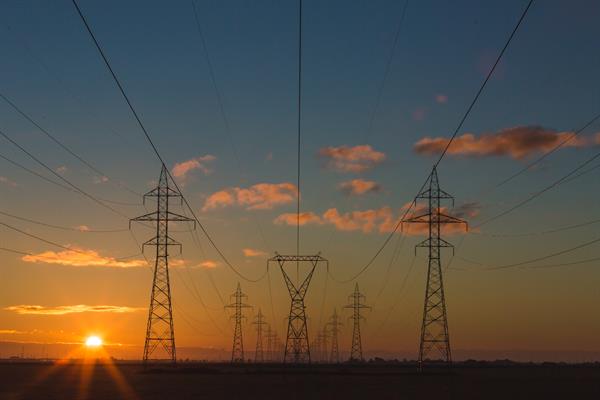From its beginning, Researchscape has managed its own panel of consumers, for use primarily on qualitative studies. As a surprise bonus of this, we were able to partner with other panel companies to reach broader or narrower audiences. No one panel can reach everyone: some specialize in loyalty program members or frequent fliers, some in niche professions, others in Spanish-language only respondents, some in app users, and so forth. For instance, on one recent project, a survey of 1,000 consumers in a single Metropolitan Statistical Area, we drew respondents from across 76 different panels. When conducting research across multiple panels, we use digital fingerprinting and other techniques to ensure we have no duplicates, and we direct each panel to only provide us their own panelists not those of their partners (as each tap into others, as we do).
You can think of panel as the electrical grid that powers the market-research industry. Panel companies are similar to energy providers, with hundreds of choices ranging in size, quality and operational scope: almost all connected to each other in one of three comprehensive service grids. We long ago developed a panel integration layer that functions as a universal adaptor, letting us plug one survey into multiple different sources of power.

When you plug your smartphone in to recharge, you don’t know where the power is coming from. Is it coming from windmills? Hydro-electric? Nuclear power? Dirty coal? “Clean” coal? Being part of the grid, we do know—and we have disconnected certain providers from our grid, for in effect being polluters. We have also read more ESOMAR 28 panel FAQs than arguably anyone in the industry to understand how they build, manage, and maintain their panels. We’re paranoid about clean energy, as it were.
We put this broad experience to work on every project, to help you find insights that illuminate.
